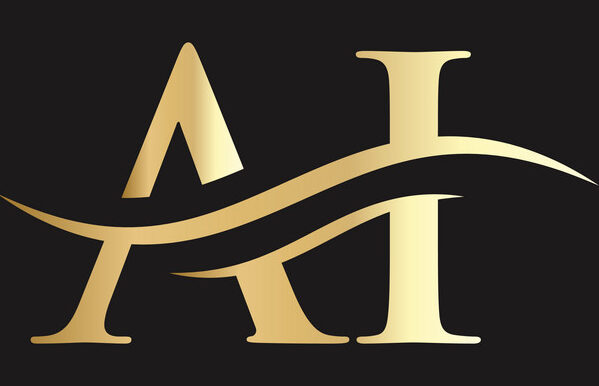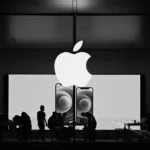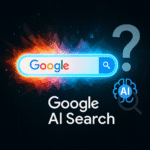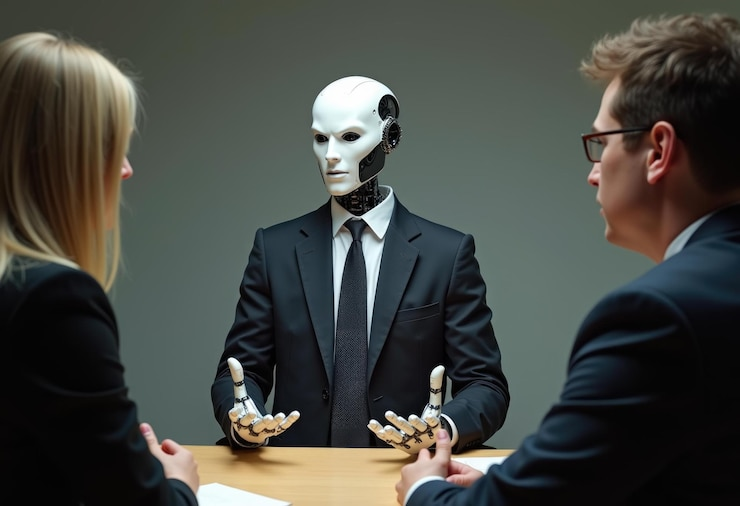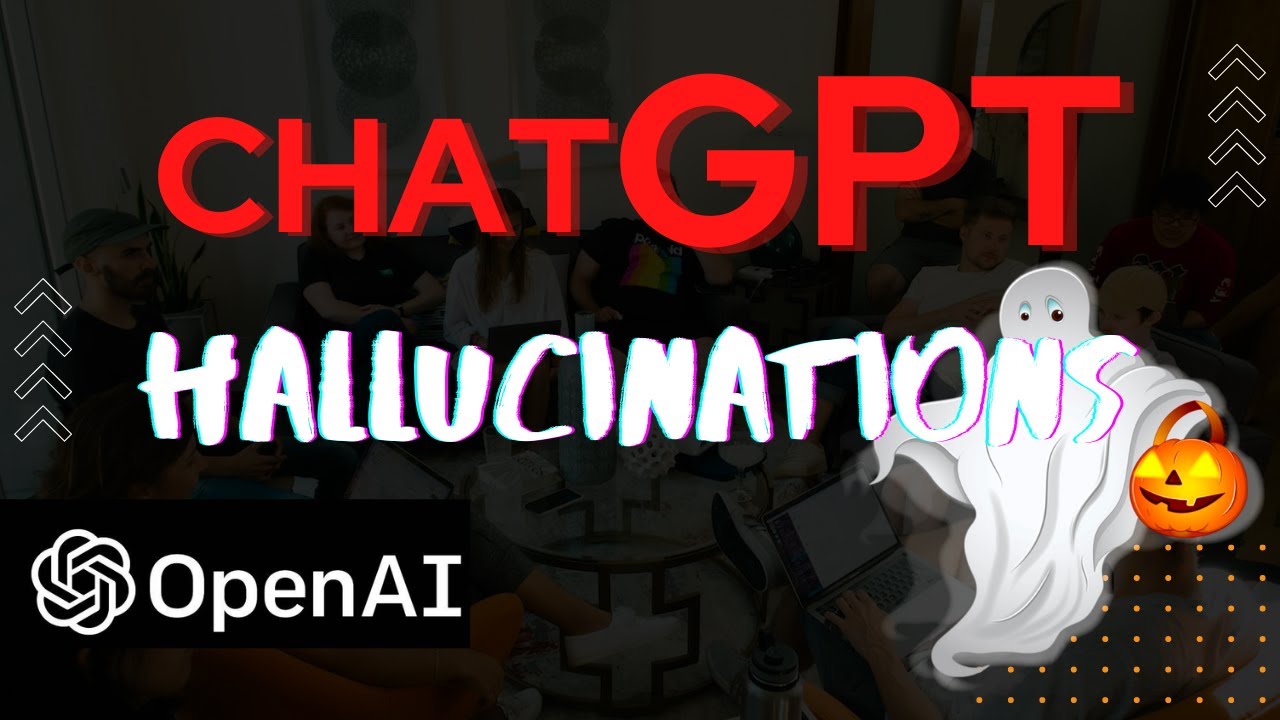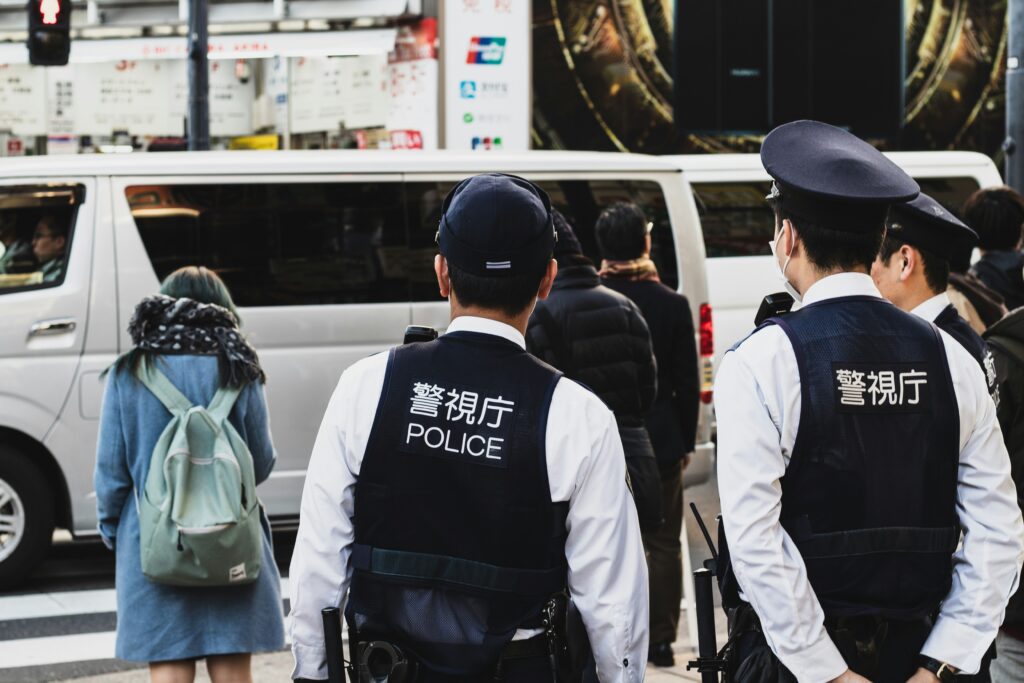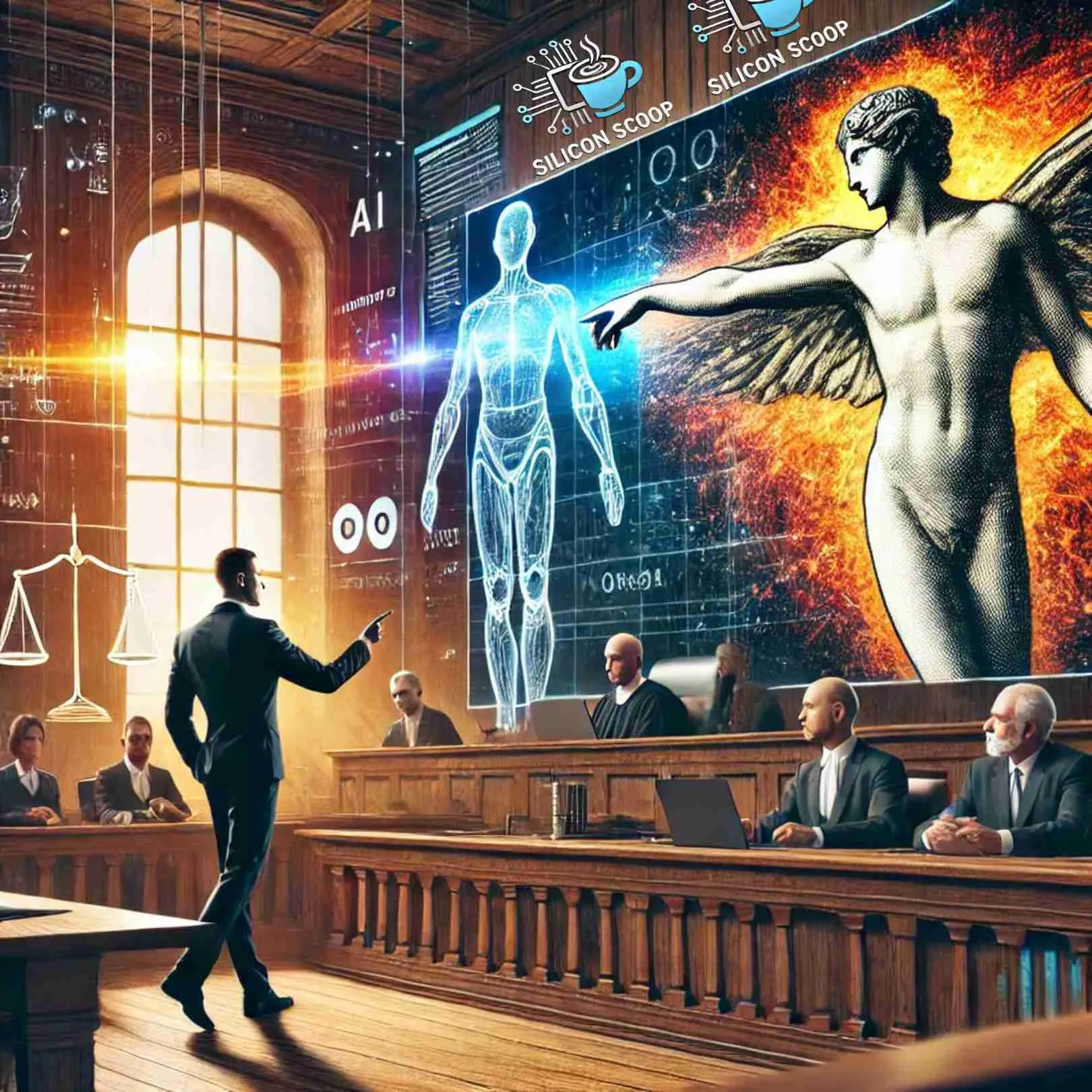
Introduction: The Billion-Dollar AI Art War
In 2024, artists are fighting back against AI companies in a legal battle that could reshape the future of creativity. Major lawsuits from illustrators, photographers, and musicians accuse AI giants like Stability AI, Midjourney, and OpenAI of mass copyright infringement—and early rulings suggest they might actually win.
This 1,000+ word deep dive covers:
✔ The 3 biggest lawsuits rocking the AI industry
✔ How AI companies allegedly “stole” art to train models
✔ Why artists have a strong legal case (precedents explained)
✔ What a loss for AI would mean for ChatGPT, Midjourney, and you
Let’s explore the high-stakes clash between human creativity and artificial intelligence.
1.
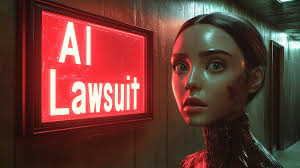
1. Getty Images vs. Stability AI ($1.8 Trillion Case)
- Claim: Stability AI scraped 15 million+ Getty photos without permission to train Stable Diffusion.
- Evidence: AI-generated images still show cropped Getty watermarks.
- Status: Trial set for 2025—could force AI firms to delete datasets.
2. Sarah Andersen (Artist) vs. Midjourney
- Claim: Midjourney’s model replicates artists’ unique styles (e.g., “In the style of [Artist Name]”).
- Key Argument: AI profits from unauthorized style mimicry.
- Update: Judge denied Midjourney’s motion to dismiss (case proceeds).
3. Universal Music vs. Anthropic (AI Song Lyrics)
- Claim: Claude AI reproduces exact lyrics from copyrighted songs.
- Example: Prompt “Write a Drake verse” outputs real unreleased Drake lyrics.
- Threat: Could ban AI music tools entirely.
2.
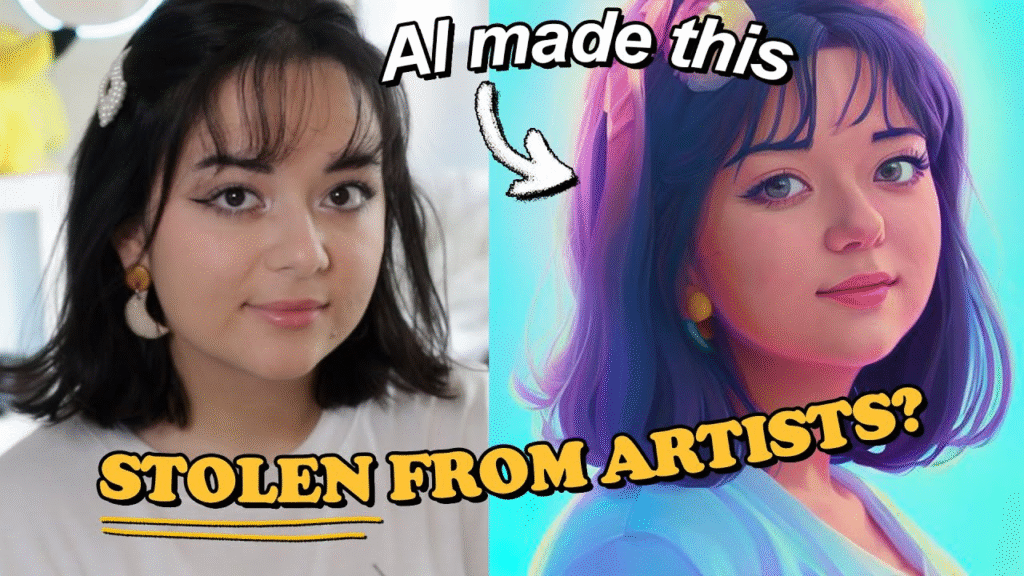
The Scraping Loophole
AI companies argue:
- “Fair use” allows training on public data.
- “Transformative” output isn’t direct copying.
Artists counter:
- Databases like LAION-5B contain pirated art from paywalled sites.
- AI regurgitates near-identical copies (proven in Stability AI leaks).
Smoking Gun: Internal emails show AI firms knew about copyright risks but scraped anyway.
3.
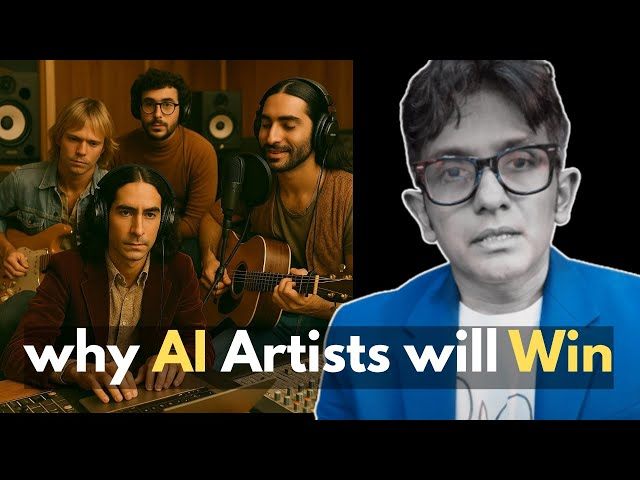
1. The “Google Books” Precedent (2015)
- Ruling: Scanning books for search results = fair use.
- But: AI doesn’t just index—it recreates & competes with originals.
2. Andy Warhol Foundation vs. Goldsmith (2023)
- Ruling: Even “transformative” art can infringe if it hurts market value.
- Impact: AI art that replaces human artists = potential infringement.
3. EU’s AI Act (2024)
- New Rule: AI firms must disclose all training data.
- Effect: Could force deletions of stolen datasets.
4.
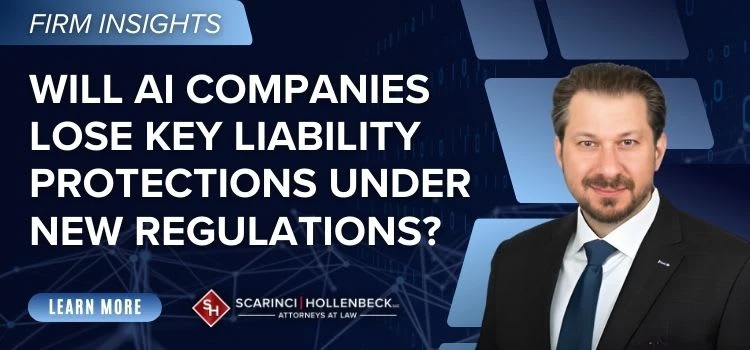
Scenario 1: Multi-Billion Dollar Payouts
- Getty Images seeks $150,000 per infringed image (total: $2.25 trillion).
- Likely Outcome: Settlements, not full payouts.
Scenario 2: “Delete Your Models” Orders
- Courts could force retraining AI on licensed data only (cost: $100M+ per model).
Scenario 3: Strict AI Licensing
- Pay-per-style: Want AI to mimic Picasso? Estate gets a cut.
- Subscription fees: Midjourney charges extra for artist-approved styles.
5.
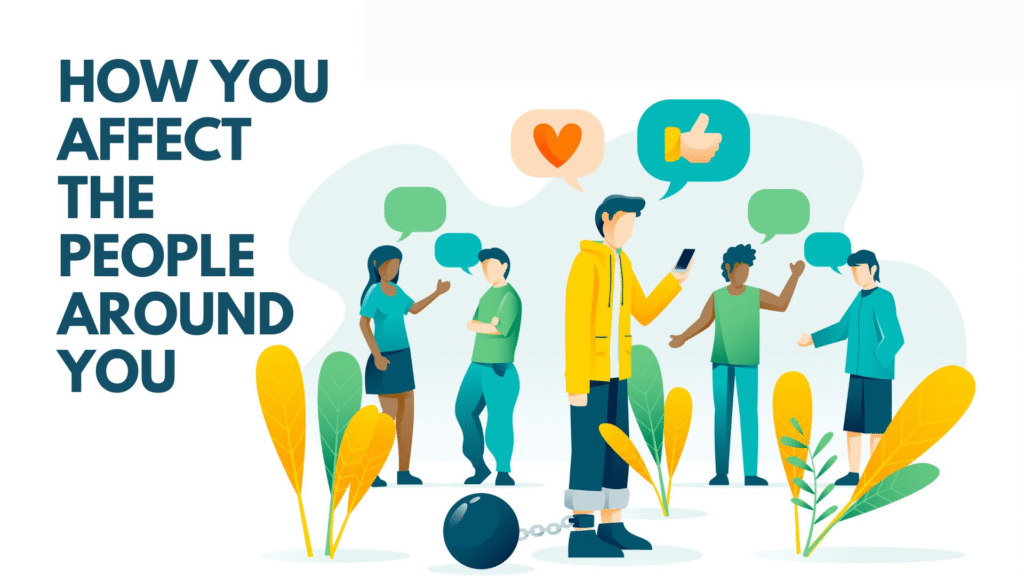
For Artists:
- New revenue streams: License your style to AI firms.
- Legal leverage: Sue if AI mimics your work.
For AI Users:
- Higher costs: Subscriptions may rise to cover licensing.
- Fewer styles: Some AI art prompts could vanish.
For Tech Companies:
- Shift to ethical data: Stock photo deals, artist partnerships.
- More lawsuits: Writers, filmmakers, and coders are next.
6.
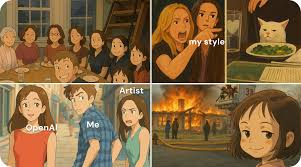
Compromise Solutions
✔ Opt-out registries (Artists can block AI training)
✔ Revenue-sharing (AI firms pay artists per style used)
✔ Watermarked AI art (Prove it’s not human-made)
Wildcard Idea: Blockchain art licenses—smart contracts auto-pay artists.
Conclusion: A Turning Point for AI
Key Takeaways:
- Lawsuits could force AI companies to delete stolen data or pay billions.
- Artists have strong legal precedents on their side.
- The outcome will reshape AI art, music, and writing forever.
What’s Next?
👉 Follow #ArtistsVsAI on Twitter for updates
👉 Check if your art was used at HaveIBeenTrained.com
